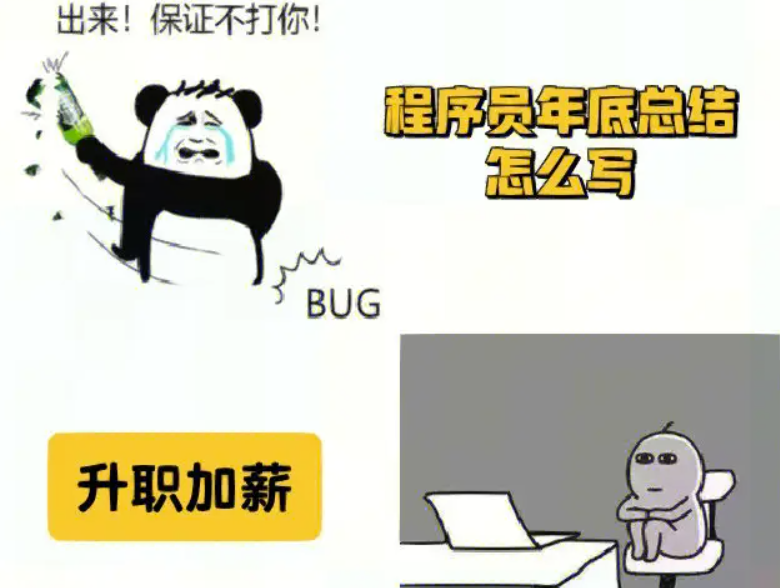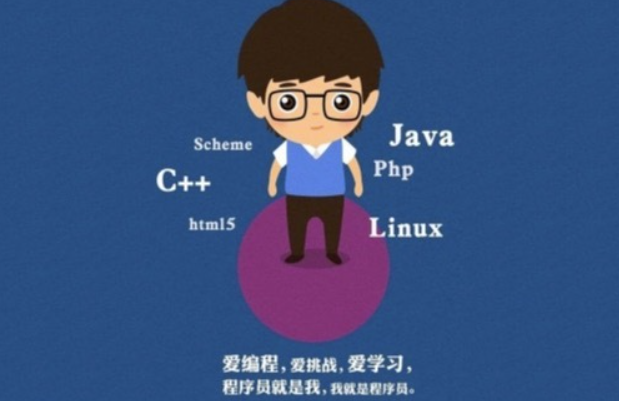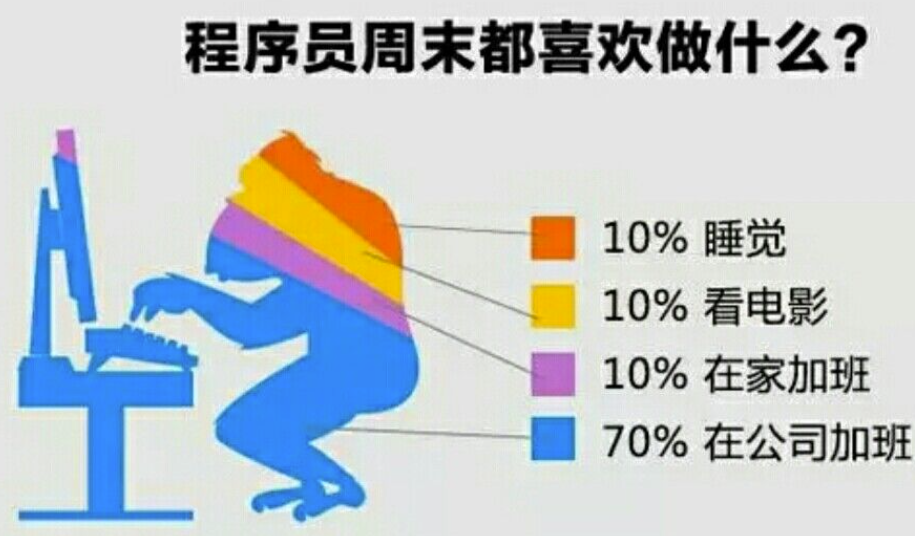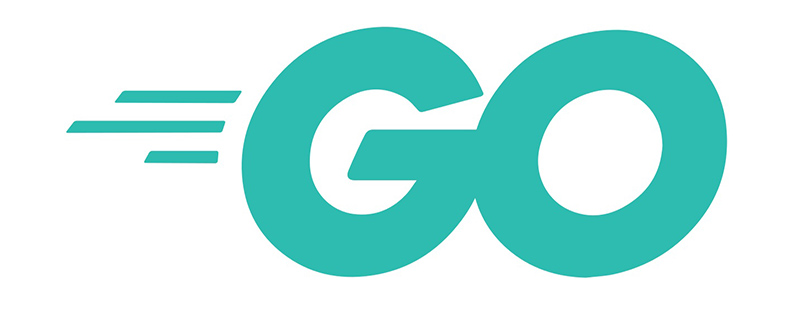要在Java中生成ECC密钥对,并且在前端使用这些密钥进行签名和AES加密数据,再在Java后台解密,你可以按照以下步骤进行:
1. 在Java中生成ECC密钥对
首先,你需要生成一个ECC密钥对。你可以使用Java的java.security包来实现。
import java.security.KeyPair;
import java.security.KeyPairGenerator;
import java.security.NoSuchAlgorithmException;
import java.security.PrivateKey;
import java.security.PublicKey;
public class ECCKeyPairGenerator {
public static void main(String[] args) {
try {
// 创建椭圆曲线密钥对生成器
KeyPairGenerator keyPairGen = KeyPairGenerator.getInstance("EC");
keyPairGen.initialize(256); // 使用256位的椭圆曲线
// 生成密钥对
KeyPair keyPair = keyPairGen.generateKeyPair();
PublicKey publicKey = keyPair.getPublic();
PrivateKey privateKey = keyPair.getPrivate();
System.out.println("公钥: " + publicKey);
System.out.println("私钥: " + privateKey);
} catch (NoSuchAlgorithmException e) {
e.printStackTrace();
}
}
}
2. 使用前端 JavaScript 进行签名和 AES 加密
假设你在前端使用 Web Crypto API,可以利用 ECC 公钥进行签名以及用 AES 对称加密。
a. 签名
async function signData(privateKey, data) {
const enc = new TextEncoder();
const signature = await window.crypto.subtle.sign(
{ name: "ECDSA", hash: { name: "SHA-256" } },
privateKey,
enc.encode(data)
);
return signature; // 返回签名结果
}
b. AES 加密
async function encryptData(key, data) {
const iv = window.crypto.getRandomValues(new Uint8Array(12)); // 生成随机 IV
const enc = new TextEncoder();
const encryptedData = await window.crypto.subtle.encrypt(
{ name: "AES-GCM", iv: iv },
key,
enc.encode(data)
);
return { iv, encryptedData }; // 返回加密后的数据及 IV
}
3. 后台解密和验证签名
当后端接收到来自前端的数据后,可以用相应的私钥解密和验证签名。
a. 解密
import javax.crypto.Cipher;
import javax.crypto.spec.GCMParameterSpec;
import javax.crypto.spec.SecretKeySpec;
public byte[] decrypt(byte[] secretKeyBytes, byte[] iv, byte[] encryptedData) throws Exception {
SecretKeySpec secretKeySpec = new SecretKeySpec(secretKeyBytes, "AES");
Cipher cipher = Cipher.getInstance("AES/GCM/NoPadding");
GCMParameterSpec spec = new GCMParameterSpec(128, iv); // GCM 模式下指定 IV 的长度为128位(16字节)
cipher.init(Cipher.DECRYPT_MODE, secretKeySpec, spec);
return cipher.doFinal(encryptedData);
}
b. 验证签名
你可以使用 Java 的 Signature 类来验证从前端发送来的签名。
import java.security.Signature;
public boolean verifySignature(PublicKey publicKey, byte[] data, byte[] signatureBytes) throws Exception {
Signature sig = Signature.getInstance("ECDSA");
sig.initVerify(publicKey);
sig.update(data);
return sig.verify(signatureBytes);
}
总结
这个流程涵盖了如何在Java中生成ECC秘钥对,如何在前端进行数据签名与AES加密,以及如何在后端解密并验证签名。根据具体应用需求,可能还需要处理更多细节,如序列化、公私钥转码等。如果有其他问题或者需要更详细的实现,请告诉我!
内容由零声教学AI助手提供,问题来源于学员提问




















